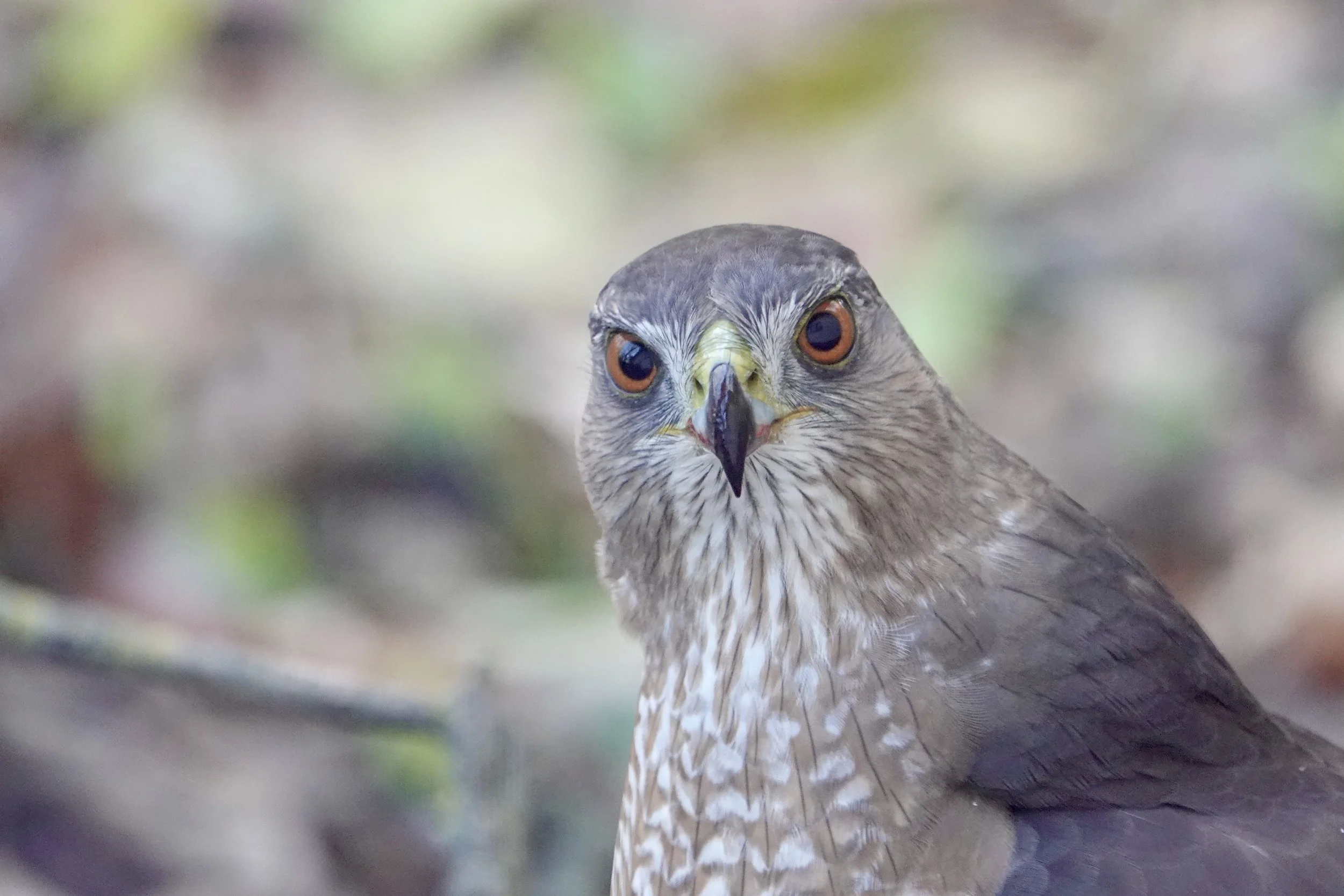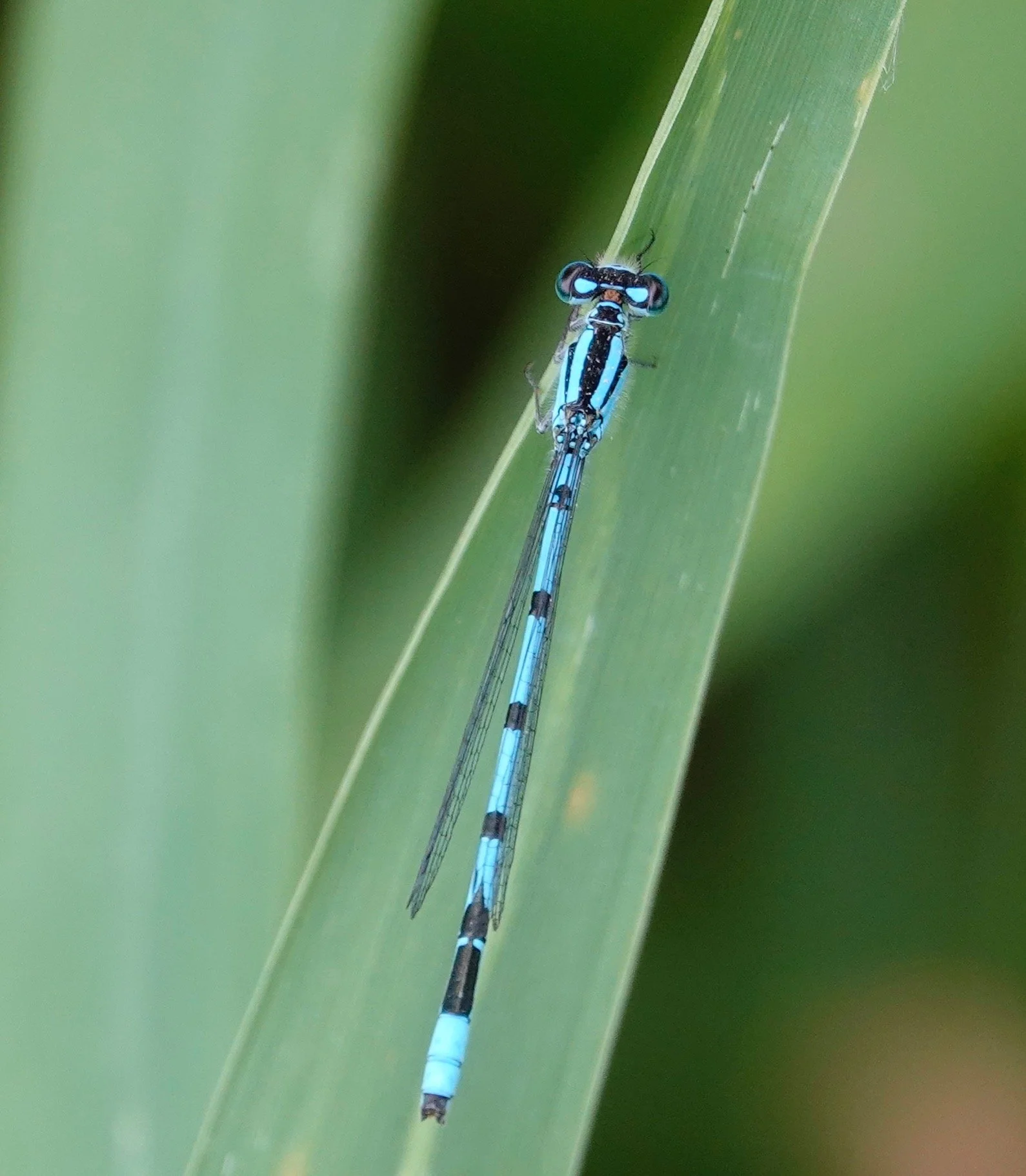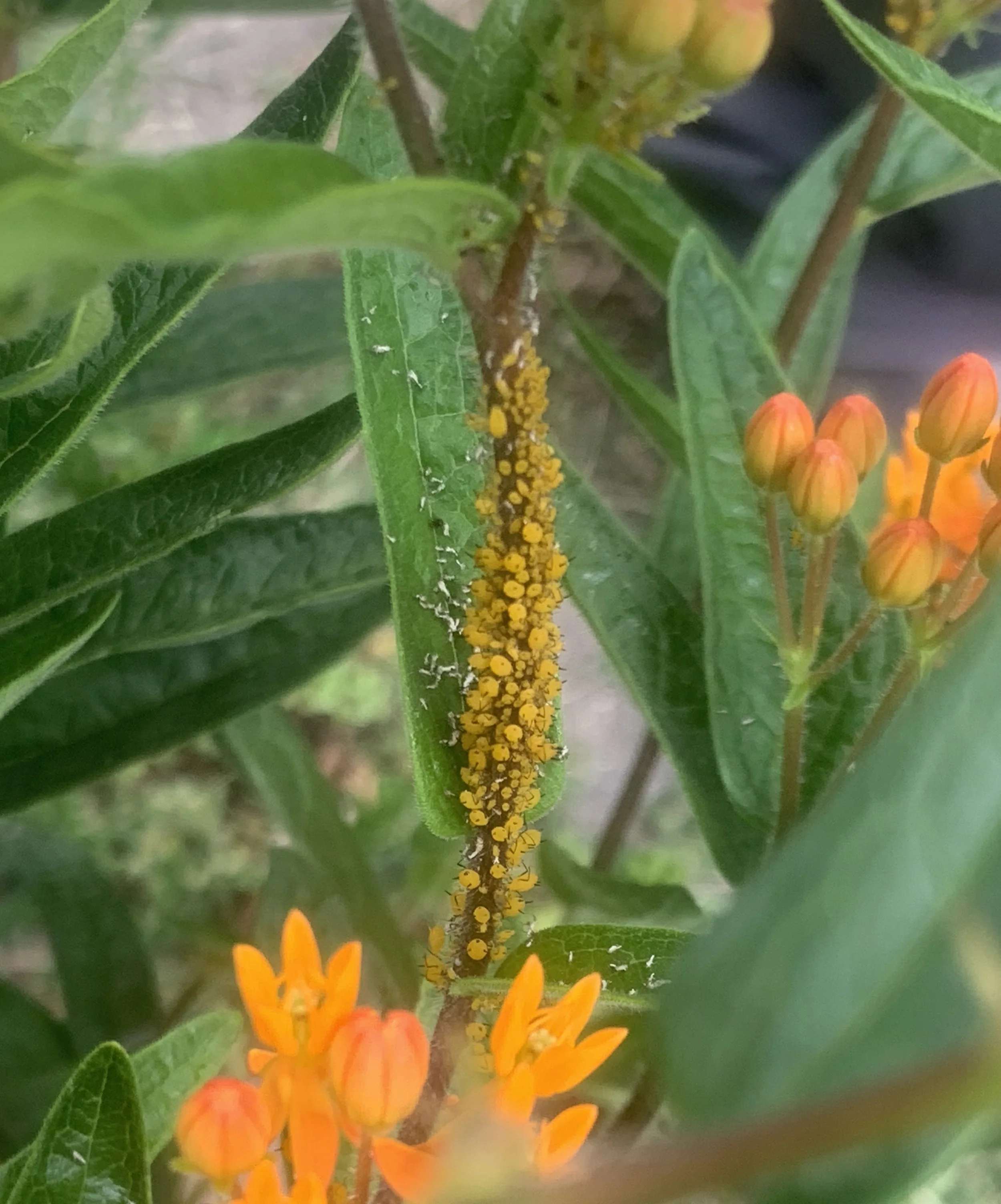Naturally
Why did the chicken cross the road? To show the opossum it could be done. Opossums frequently sing ”On the road again.”
Don’t eat the blue snow. When eastern cottontail rabbits eat buckthorn, they excrete a chemical from the plant in their urine that turns blue in sunlight.
Snow buntings look like snow drifting upwards. John Burroughs, a naturalist of the late 1800s, wrote: “The only one of our winter birds that really seems a part of winter, that seems to be born of the whirling snow, and to be happiest when storms drive thickest and coldest, is the Snow Bunting, the real snowbird, with plumage copied from the fields where the drifts hide all but the tops of the tallest weeds, large spaces of pure white touched here and there with black and gray and brown. Its twittering call and chirrup coming out of the white obscurity is the sweetest and happiest of all winter bird sounds. It is like the laughter of children. The fox-hunter hears it on the snowy hills, the farmer hears it when he goes to fodder his cattle from the distant stack, the country schoolboy hears it as he breaks his way through drifts toward the school. It is ever a voice of good cheer and contentment.”
Pine siskins are charming winter residents that look as if they’re wearing pajamas. They resemble our winter American goldfinches but have streaky breasts. Goldfinch breasts are unmarked.
Q&A
“Do we have crossbills?” I have some bills that make me cross, but if you’re referring to the birds, we have two crossbills in North America—the red crossbill and the white-winged crossbill. Crossbills have an overlapping arrangement of the upper and lower bills, with one bill crossing over the other. This odd bill is needed because crossbills are specialists in conifer seeds. A crossbill inserts its bill between two scales of a cone and uses the bill as a wedge, allowing the bird’s tongue to remove the seeds. Crossbills aren’t adept at eating food other finches readily eat, such as thistle seeds. The red crossbill has the larger and longer bill of the two and is more likely to feed on pine seeds. White-winged crossbills feed on smaller cones like spruce. Cone production is notoriously variable. Some years, cone production is negligible, which causes crossbills to wander in search of food.
“Why do so many white birds have black feathers on the trailing edges of their wings?” Gulls, pelicans, storks, geese and ibises are examples of those birds. The black feathers protect the wing from wear and tear. Black feathers contain melanin, which makes feathers stronger. Feathers with melanin have a tougher layer of keratin—the same substance found in human fingernails—compared to feathers without melanin.
“Thoreau wrote about a ‘night-warbler,’ but he didn’t identify the bird. What do you think it might be?” Thoreau told Ralph Waldo Emerson about the unidentified bird. Emerson advised him not to try to identify the bird because it was essential to leave some mystery in nature. Those two gents didn’t let all birds remain unknown. Emerson's favorite bird was the black-capped chickadee, which he appreciated for its Yankee industriousness. I agree with Emerson. The chickadee is also my favorite bird. Thoreau's favorite avian critter was the wood thrush because it sang freedom. Hearing the thrush’s flute-like “Frit-0-lay” song never fails to thrill me. I’ve read a lot about the night-warbler and have seen speculation that the mystery singer was the common yellowthroat or the ovenbird. Unless we perfect a time machine that allows us to spend time in Thoreau’s company, that bird will remain a mystery. Perhaps that’s the best thing. It gives us something to wonder about.
“What is the hawk they talk about in Chicago?” It could be the nickname of Ken Harrelson, called the Hawk because of his distinctive profile. Ken Harrelson spent 33 years as the play-by-play announcer on the Chicago White Sox broadcast. It could be Harrelson, but I doubt it. I suspect the "hawk" you’re hearing about refers to the icy-cold, damp winds that blow off Lake Michigan in the winter. It got the name because the bone-chilling winds are as fast as a flying hawk, and the biting cold is as sharp as a hawk's talons. Ken Harrelson said “dadgummit” often and was known for calling bloop hits that landed between fielders "duck snorts." He might have watched the TV show "The Real McCoys," starring Walter Brennan as Grandpa Amos, for whom "dadgummit" was his hayseed catchphrase.
Thanks for stopping by
"To appreciate the beauty of a snowflake it is necessary to stand out in the cold."—anonymous. Aristotle is often credited for this aphorism. I never heard him say it. I doubt he did.
"When snow falls, nature listens." — Antoinette van Kleef.
Do good.
©Al Batt 2024
When you see a cardinal, it might take your breath away. A cardinal is said to bring hope or good luck. When you see a cardinal, it tells you that an angel is near. When you see a cardinal, it means you have just received a Christmas card. Photo by Al Batt.















































